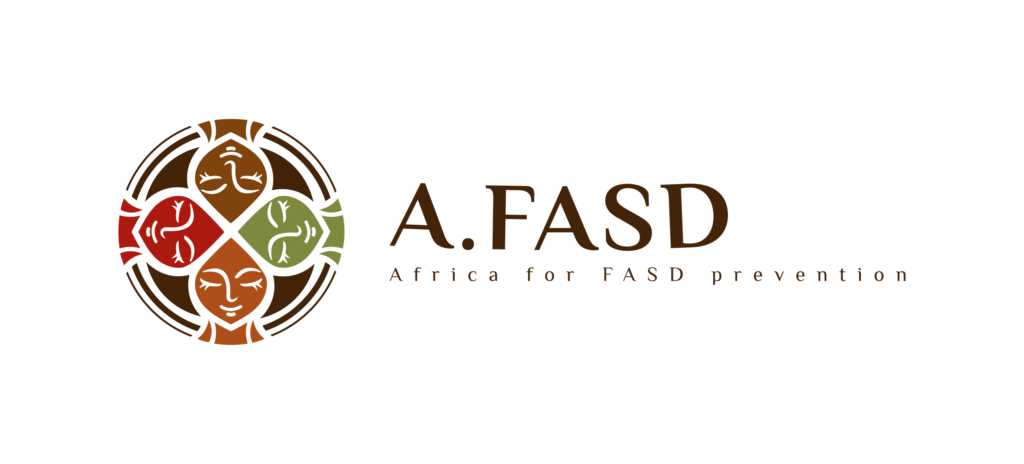Actual and predicted prevalence of alcohol consumption during pregnancy in the WHO African Region
Actual and predicted prevalence of alcohol consumption during pregnancy in the WHO African Region
Objective: To estimate the prevalence of alcohol consumption and binge drinking during pregnancy among the general population in the World Health Organization (WHO) African Region, by country.
Methods: First, a comprehensive systematic literature search was performed to identify all published and unpublished studies. Then, several meta-analyses, assuming a random-effects model, were conducted to estimate the prevalence of alcohol consumption and binge drinking during pregnancy among the general population for countries in the WHO African Region with two or more studies available. Lastly, for countries with less than two studies or no known data predictions were obtained using regression modelling.
Results: The estimated prevalence of alcohol consumption during pregnancy among the general population ranged from 2.2% (95% confidence interval [CI]: 1.6-2.8%; Equatorial Guinea) to 12.6% (95% CI: 9.9-15.4%; Cameroon) in Central Africa, 3.4% (95% CI: 2.6-4.3%; Seychelles) to 20.5% (95% CI: 16.4-24.7%; Uganda) in Eastern Africa, 5.7% (95% CI: 4.4-7.1%; Botswana) to 14.2% (95% CI: 11.1-17.3%; Namibia) in Southern Africa, 6.6% (95% CI: 5.0-8.3%; Mauritania) to 14.8% (95% CI: 11.6-17.9%; Sierra Leone) in Western Africa, and 4.3% (95% CI: 3.2-5.3%; Algeria) in Northern Africa.
Conclusions: The high prevalence of alcohol consumption and binge drinking during pregnancy in some African countries calls for educational campaigns, screening and targeted interventions for women of childbearing age.
